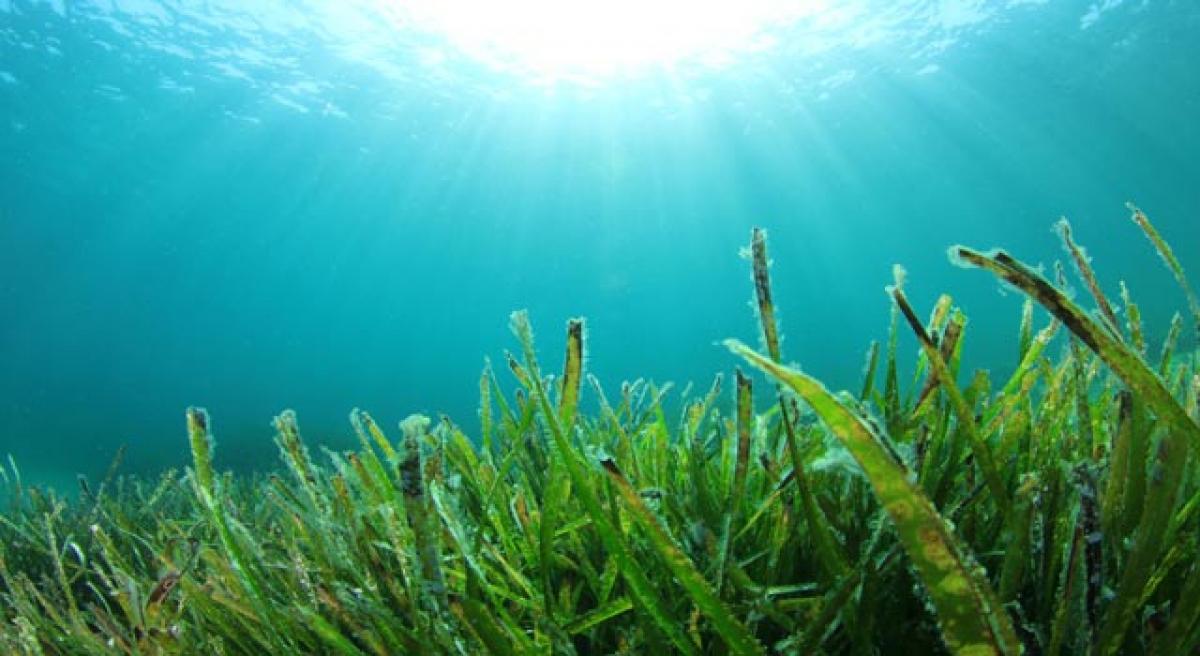Did seaweed help us become humans?

Eating seaweed might have provided the key nutrients that helped Homo sapiens evolve millions of years ago, suggests new research.
Eating seaweed might have provided the key nutrients that helped Homo sapiens evolve millions of years ago, suggests new research. Modern brains cannot function without nutrients like magnesium and zinc and, according to some studies, it is likely that the access to certain essential nutrients influenced the evolution of the human brain so that it could become the brain we have today.
"Nutrients needed for this transition from a primitive ancestor to modern Homo sapiens were (and still are) available in seaweeds," said study co-author Ole G. Mouritsen, Professor at University of Southern Denmark.
"Seaweeds could be found and harvested in abundance on shores, and for a foraging lifestyle, a rich coastal environment would be a significant source of a consistent supply of these nutrients," Mouritsen said.
Seaweed large marine algae, or macroalgae is also rich in vitamin B12, iodine and poly-unsaturated fatty-acids which are essential for brain development. In their review, published in the Journal of Applied Phycology, the authors noted that the human lineage is estimated to have diverged from our closest living relatives, the chimpanzees, around five-seven million years ago.
"However, the changing patterns of resource distribution associated with the extensive drying and expansion of the African savannahs between 2.5 and two million years ago have been the impetus for a shift in foraging behaviour among early members of the genus Homo.
"Foraging over longer distances for food would have contributed to bipedalism and a different body stature as increasingly larger ranges had to be traversed, and in the case of our primitive ancestors, this would undoubtedly lead to significant changes in diet," the authors said. Coastal areas may very well have attracted early hominoids in search of food.
"Our ancestors would find foods like fish, crustaceans, snails, seaweeds, bird eggs and perhaps occasional dead marine vertebrates. But they probably did not have the necessary rudimental understanding of seasonal tidal cycles and their influence on shellfish availability," the researchers said.
"Seaweeds of different types, on the other hand, can be found all across the intertidal zone from the high water mark to the subtidal regions and they could be readily and repeatedly harvested for food by all family members, including women and children," they added.
The researchers observed that nutrients in seaweed benefitted not just our ancestors. "Seaweed is just as healthy and nutritious for humans today as it was millions of years ago," Mouritsen said.














